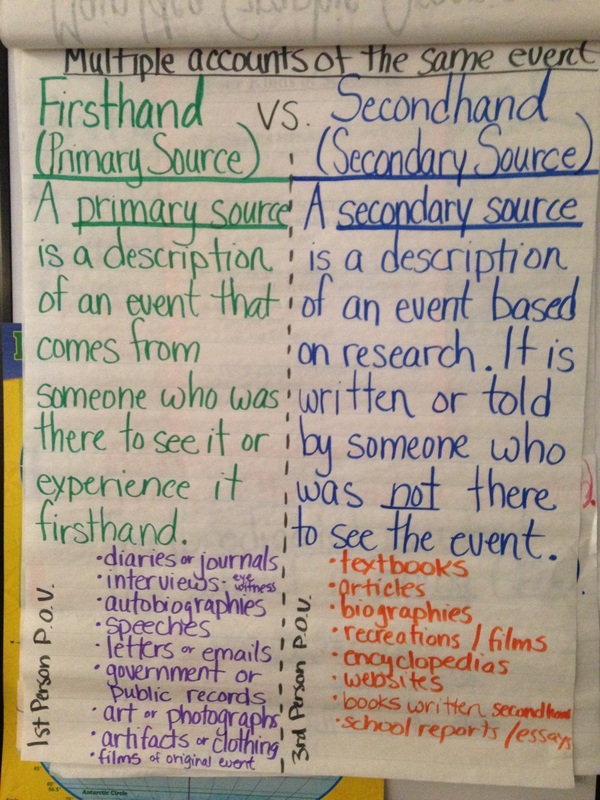

As such, this volume provides a fascinating overview of how the sources of Islam are dated, debated and negotiated.Ĭontributors include: Nicolet Boekhoff-van der Voort, Gregor Schoeler, Maribel Fierro, Fred Leemhuis, Claude Gilliot, Andreas Görke, Jens Scheiner, Michael Lecker, Maher Jarrar, Gerard Wiegers, Uri Rubin, Kees Versteegh, Joas Wagemakers, Herbert Berg, Abdulkader Tayob, Roel Meijer, Martijn de Koning, Carmen Becker and Ulrike Mitter. This volume provides new insights into the transmission of these sources (primarily the Qurʾān and the Ḥadīth) and combines this with the dynamics of these scriptures by paying close attention to how believers in the Muslim world as well as the West interpret and apply them. Most of their work has focussed on the historicity of the texts, often at the expense of the study of Muslims' highly diverse interpretation and application of these sources in everyday life. These texts have also been studied by Western scholars of Islam for centuries. DLib Magazine 15 (7/8).For many Muslims, the textual sources of Islam provide the guiding principles on which they base their beliefs. Measuring Mass Text Digitization Quality and Usefulness: Lessons Learned from Assessing the OCR Accuracy of the British Library’s 19th Century Online Newspaper Archive. International Journal of Humanities and Arts Computing 5: 127–145. Indiana University Press: Bloomington, pp. Placing Names: Enriching and Integrating Gazetteers. The Pleiades Gazetteer and the Pelagios Project. Using GIS to Document, Visualize, and Interpret Tokyo’s Spatial History. Annals of the Association of American Geographers 96 (4): 726–739. Formalization Matters: Critical GIS and Ontology Research. Baltimore: Johns Hopkins University Press. Annual Review of Public Health 24: 43–56. Public Health, GIS, and Spatial Analytic Tools. Proceedings of the 2014 IEEE Conference on Big Data, pp. Dealing with Heterogeneous Big Data When Geoparsing Historical Corpora. Population Research Policy Review 26: 601–618. Geographic Information Systems and Spatial Data Processing in Demography: A Review. Geographical Text Analysis: A New Key to Nineteenth-Century Mortality. Ground Truth: The Social Implications of Geographic Information Systems. Getting By: Estates, Class and Culture in Austerity Britain. Place and Experience: A Philosophical Topography. Local Models for Spatial Analysis (second edition). Concepts and Techniques of Geographical Information Systems (second edition). Social and Cultural Geography 9 (6): 653–669. From Oral Histories to Visual Narratives: Re-presenting the Post-September 11 Experiences of the Muslim Women in the United States.

An Introduction to Geographical Information Systems (fourth edition). Philosophical Transactions of the Royal Society A 368: 3875–3889. Use of the Edinburgh Geoparser for Georeferencing Digitized Historical Collections. Geographical Information and Historical Research: Current Progress and Future Directions. International Journal of Humanities and Arts Computing 9: 1–14. Geoparsing, GIS and Textual Analysis: Current Developments in Spatial Humanities Research. International Journal of Geographical Information Systems 6: 31–45. Quantitative Geography: Perspectives on Spatial Data Analysis. Progress in Human Geography 21: 88–96.įotheringham, A. Trends in Quantitative Methods I: Stressing the Local. Journal of Urban Affairs 27 (2): 193–201.įotheringham, A. Fundamentals of Geographical Information Systems (fourth edition). Qualitative GIS: A Mixed Methods Approach. Bloomington: Indiana University Press, pp.


 0 kommentar(er)
0 kommentar(er)
